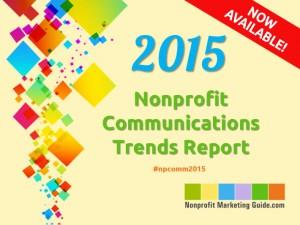Too Many Hats? 3 Secrets You Need to Build a Fundraising Marketing Team
I recently had the privilege of presenting at the ALDE Conference, during the course of which I had the good fortune to listen in on the Keynote Address presented by Kivi LeRoux Miller. It got me to thinking about becoming a nonprofit milliner.
Say what?
Well, here’s the deal. I’m sure I could do a brisk business selling all sorts of different hats based on what Kivi had to say about results from her 2015 Nonprofit Communications Trends Report. After surveying more than 1500 nonprofits, guess what she found?
Details








